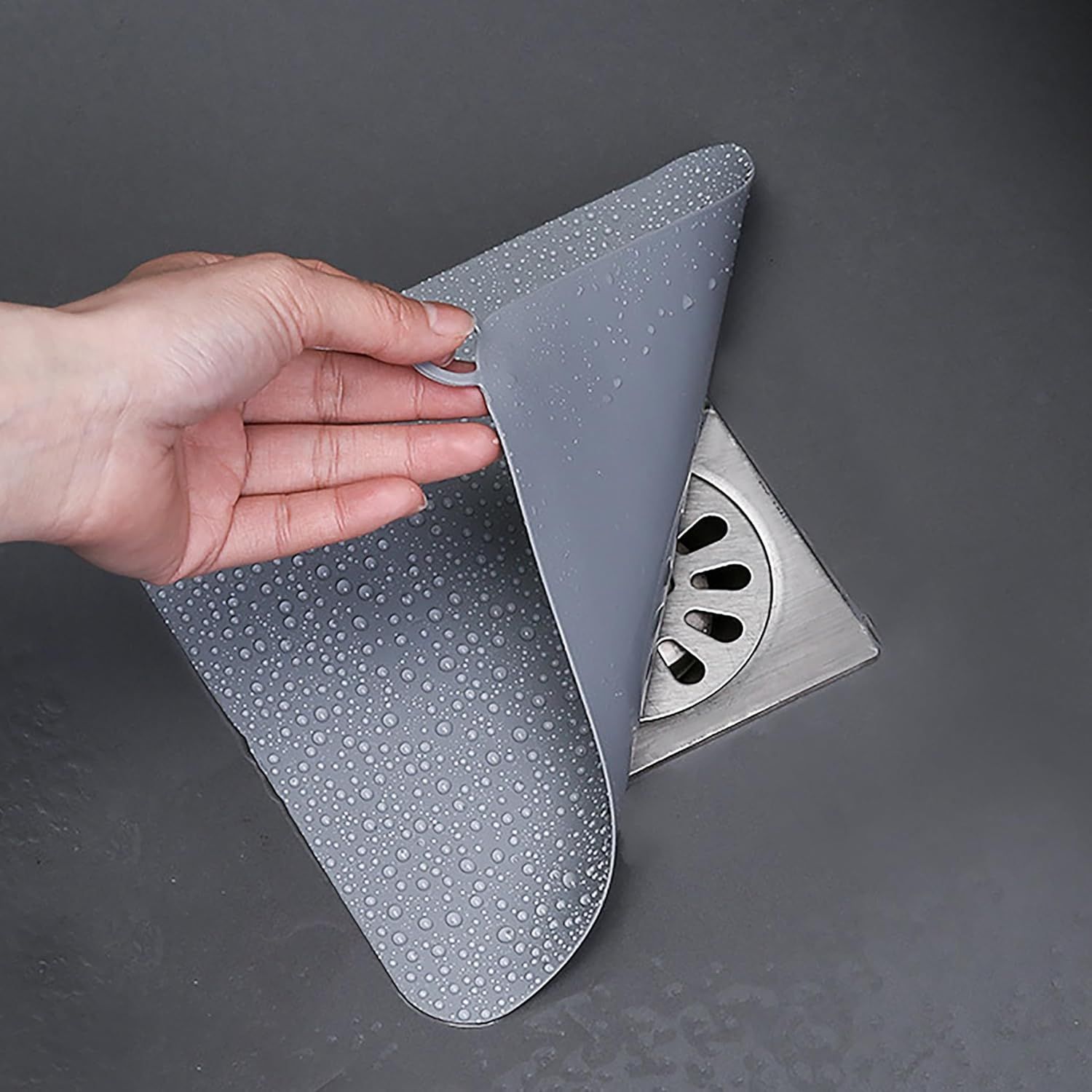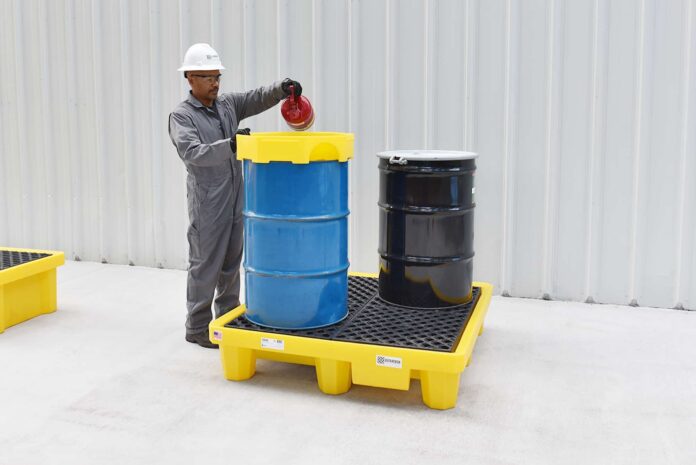Chemical handling is a common part of many industrial and laboratory processes. Many chemicals used in manufacturing, processing, and maintenance tasks can be dangerous if not handled correctly, leading to spills, fires, or health problems. Therefore, it is crucial to understand how to minimise these risks through proper procedures, equipment, and training.
In this article, we’ll explore practical ways to handle chemicals more safely and protect both workers and the surrounding environment.
Store Chemicals in Safe Places
One of the first things to check is where chemicals are kept. They should be placed in strong containers with tight lids and stored in spaces made for such items. The floor under these containers must be protected. This is where a drum spill pallet is useful. It can catch leaks and keep the area from being damaged. Additionally, it also helps keep workers safe by stopping puddles from spreading, minimising the risk of accidents.
Label Everything Clearly
Every container should have a label that is easy to read and clearly shows the name of the chemical, the type of risk it poses, and what to do if something goes wrong. Some liquids may look like water or oil, but they can be harmful. So, a label is necessary to differentiate them from water or other similar chemicals. It helps you avoid mistakes, like picking the wrong bottle, mixing dangerous items, or touching something that should not be touched without care.
Wear Suitable Safety Gear
When working with chemicals, make sure to wear gear that keeps you safe such as gloves, goggles, aprons, and masks. However, different chemicals can require different types of protection. Overlooking personal safety can lead to serious accidents because even small spills or splashes can cause harm. Moreover, safety gear also keeps your clothes clean and avoids spreading chemicals into other areas.
Avoid Working in a Closed Space
Some liquids give off strong fumes or smells that can cause eye pain, headaches, or even lung problems. This risk is particularly higher in closed rooms where the air is still! So, working in a space with windows, fans, or air systems can help you reduce this problem. Good air flow not only carries away fumes or smells but also helps people to breathe better and stay focused on their work.
Train All Team Members
Not everyone knows how to handle dangerous items and what precautionary measures are needed. So, proper training of yoyr team or staff is also an effective way to minimize the risk of accidents. It provides workers with crucial information about how to read labels, use tools, wear gear, and react to problems, enabling them to understand what to do and what to avoid.

Use the Right Tools
Moving chemicals by hand or with open tools is not safe. So, always make sure to use the right tools like pumps, closed trolleys, and special containers. They reduce the chance of spills and direct contact with skin. Moreover, keep checking, repairing, and replacing broken or old tools, and your workers must know how to use these tools properly.
Keep Work Areas Clean
Messy or cluttered areas increase the risk of spills and other accidents. So keeping the workers area clean and tidy is also an effective strategy to minimize risks as it helps people move around safely. Cleaning such as wiping surfaces, checking floors, and making sure lids at the end of every shift will not ensure a clean working environment but also increase the overall productivity.
Keep Different Chemicals Apart
Not all chemicals can be kept close to each other because they can react with each other, leading to heat, gas, or even fire. So, make sure to keep enough space between different chemical groups and mark shelves or boxes. In some cases, certain chemicals are not even safe to store in the same room. Knowing which ones to keep apart can significantly reduce the risk of fatal accidents.
Block Drains
One big problem during spills is that chemicals can flow into drains. From there, they may reach local water sources or damage pipes. The worst thing is that once they enter the system, it becomes hard to control the problem. Therefore, it is necessary to keep drains covered or blocked when dealing with chemicals. Using drain cover seals is the simplest and effective way to do this job. You can place them before starting the task and remove them once the area is clean. This step will protect both the workplace and the environment outside.
Key Takeaway
Chemical handling is a difficult task as it involves the risk of spills and other accidents. However, by implementing these simple tips, you can ensure your workers safety, protect the building, and stay compliant with the environmental and industrial rules or laws.


















